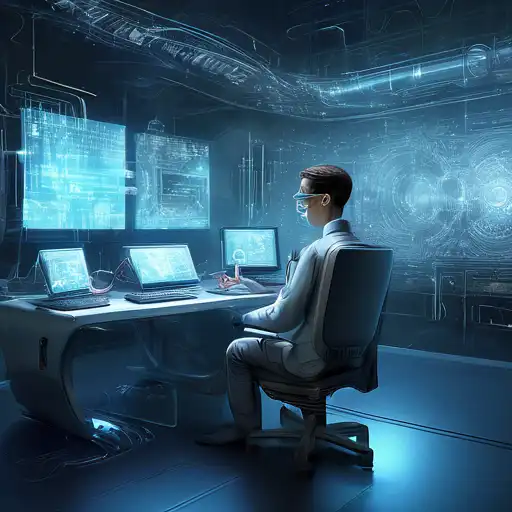Introduction to Computer Vision Technology
Computer vision technology has seen remarkable advancements in recent years, transforming how machines interpret and understand visual information. This technology enables computers to identify, process, and analyze images and videos in a way that mimics human vision, but with greater speed and accuracy.
Key Advancements in Computer Vision
Several key advancements have propelled computer vision technology forward. These include the development of more sophisticated algorithms, the increase in computational power, and the availability of large datasets for training purposes.
- Deep Learning Models: The use of deep learning models, such as convolutional neural networks (CNNs), has significantly improved the accuracy of image recognition tasks.
- Real-time Processing: Advances in hardware and software have enabled real-time processing of visual data, opening up new applications in surveillance, autonomous vehicles, and more.
- 3D Image Recognition: The ability to process and interpret 3D images has expanded the possibilities for computer vision in fields like medical imaging and robotics.
Applications of Advanced Computer Vision
The applications of advanced computer vision technology are vast and varied. From healthcare to automotive, this technology is making a significant impact.
- Healthcare: Computer vision is used for diagnostic purposes, such as analyzing X-rays and MRI scans, to detect abnormalities with high precision.
- Autonomous Vehicles: Self-driving cars rely on computer vision to navigate roads, recognize traffic signs, and avoid obstacles.
- Retail: In the retail sector, computer vision enhances customer experiences through personalized recommendations and cashier-less checkout systems.
Challenges and Future Directions
Despite its advancements, computer vision technology faces challenges such as privacy concerns, the need for large datasets, and the risk of bias in algorithms. However, ongoing research and development promise to address these issues and further enhance the capabilities of computer vision.
Looking ahead, the integration of computer vision with other technologies like artificial intelligence and IoT is expected to unlock even more innovative applications, making it an exciting field to watch.
Conclusion
The advancements in computer vision technology are revolutionizing industries and improving lives. As the technology continues to evolve, its potential applications are boundless, promising a future where machines can see and understand the world with human-like precision.
